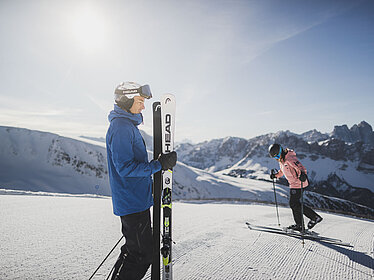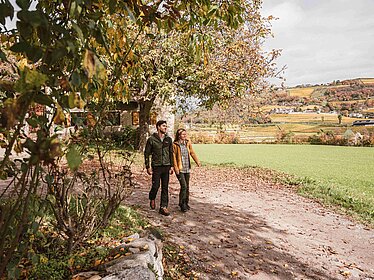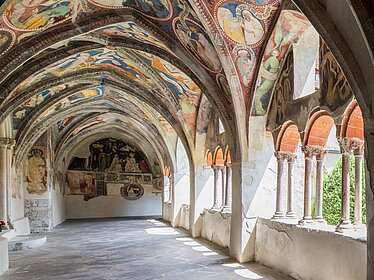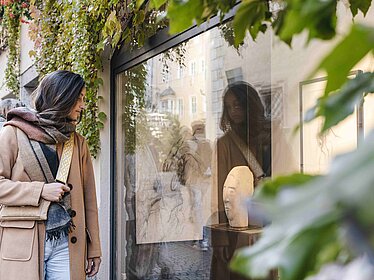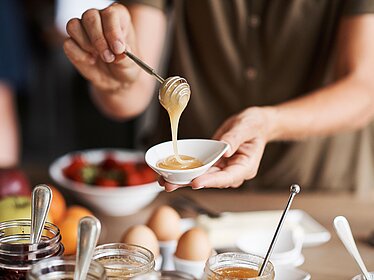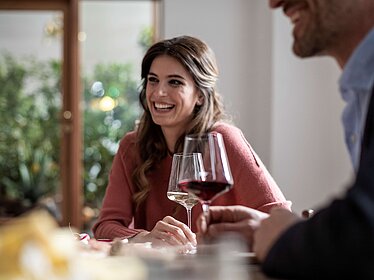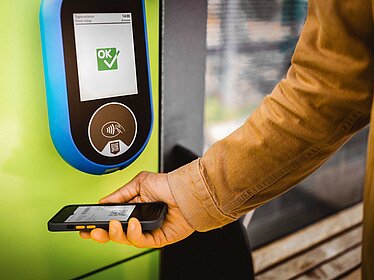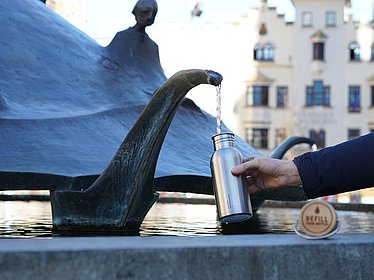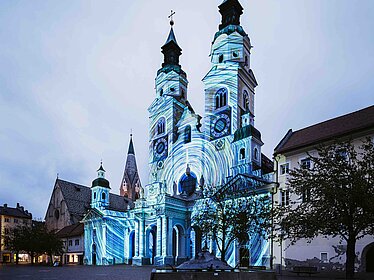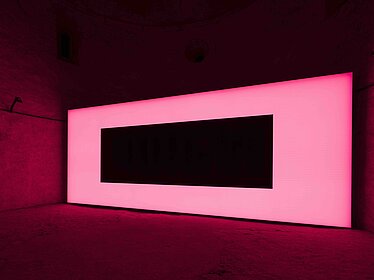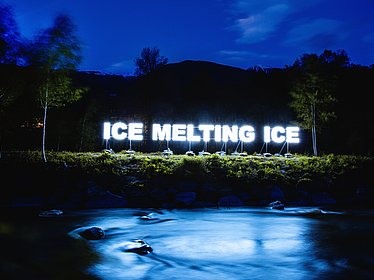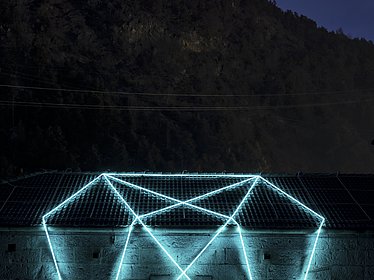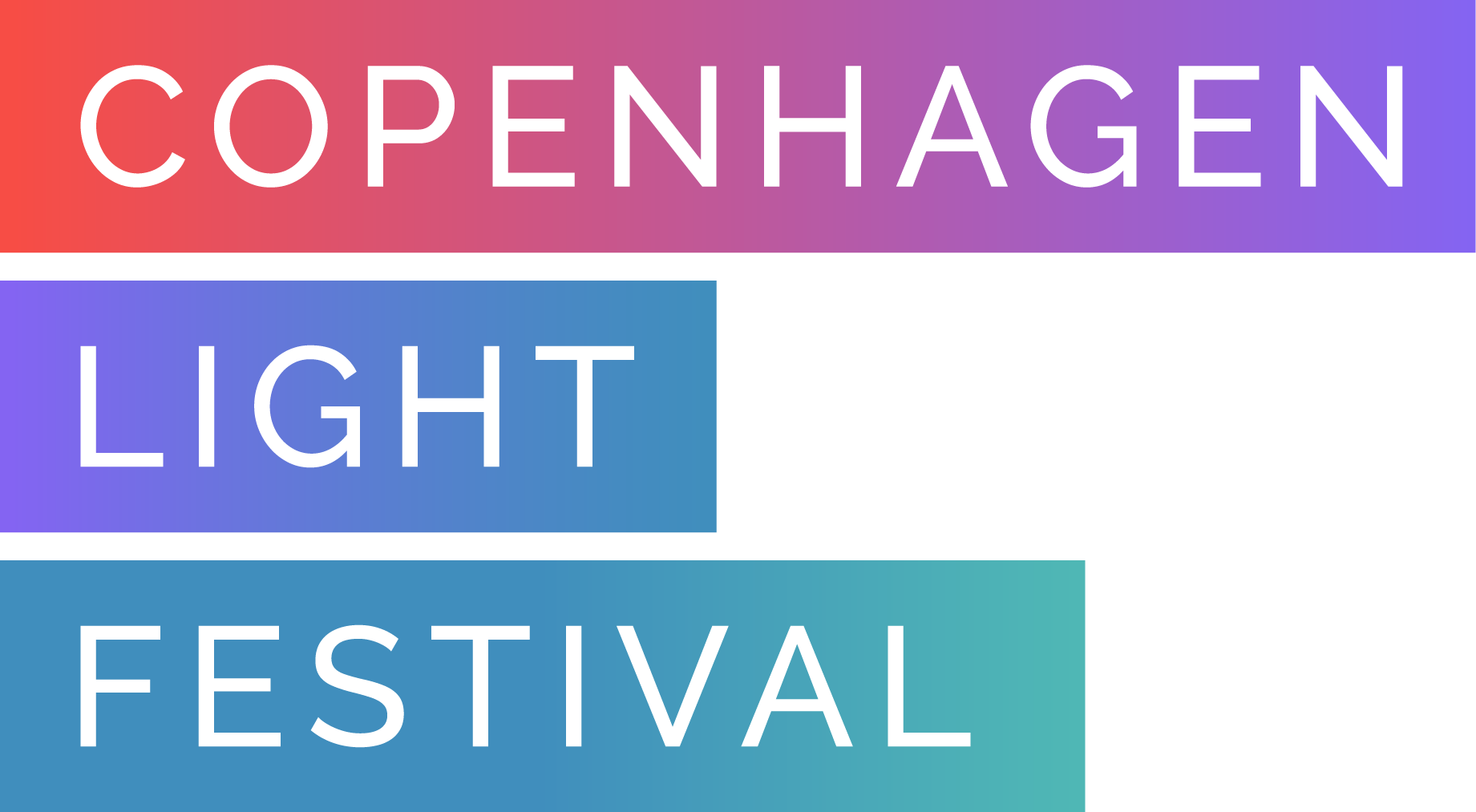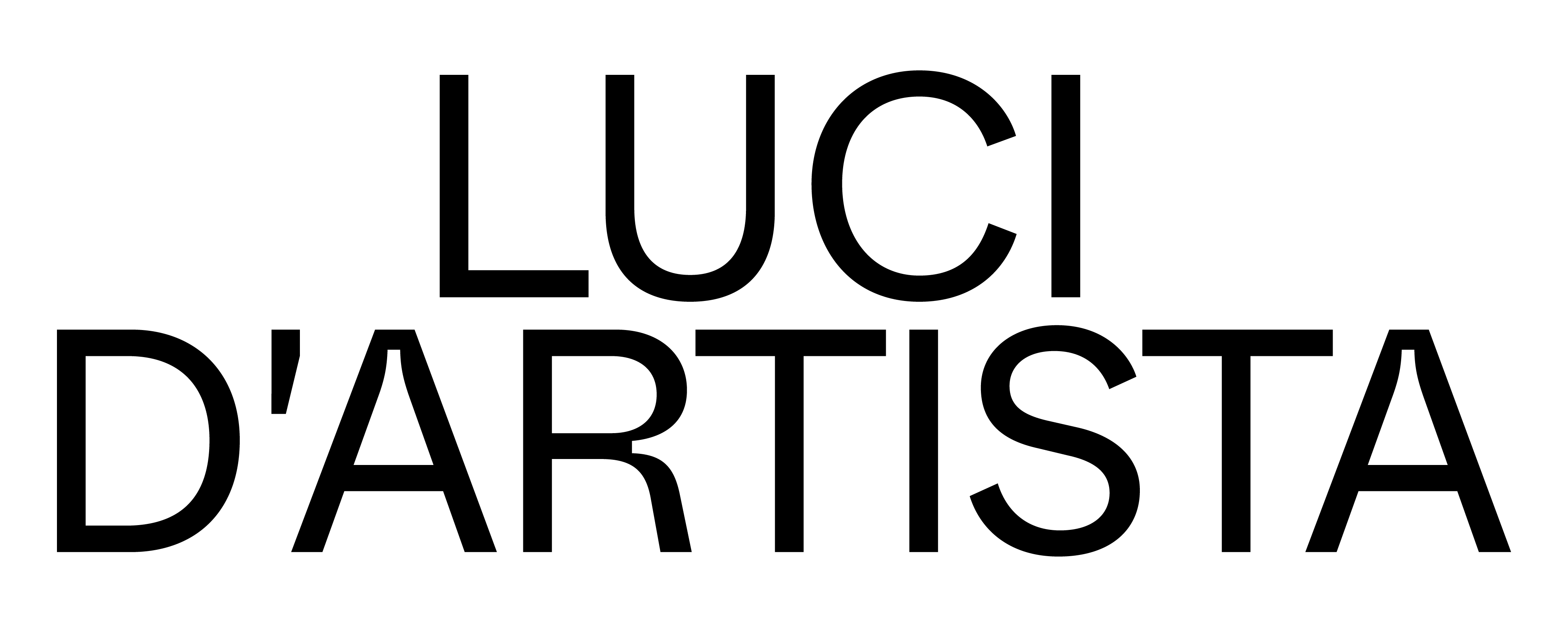Menu
Brixen Water Light Festival
Menu
Programme
-
Programme
- Brixen
- Past Editions
- Day of Light 2025
- World Water Day 2025
Menu
Information
-
Information
- FAQ
- Press & Media
- Sleep, Eat & Drink, Shop
- Merchandise
Menu
Organisation
-
Organisation
- Mission
- Organization
- Partner and sponsors
- Imagine Peace
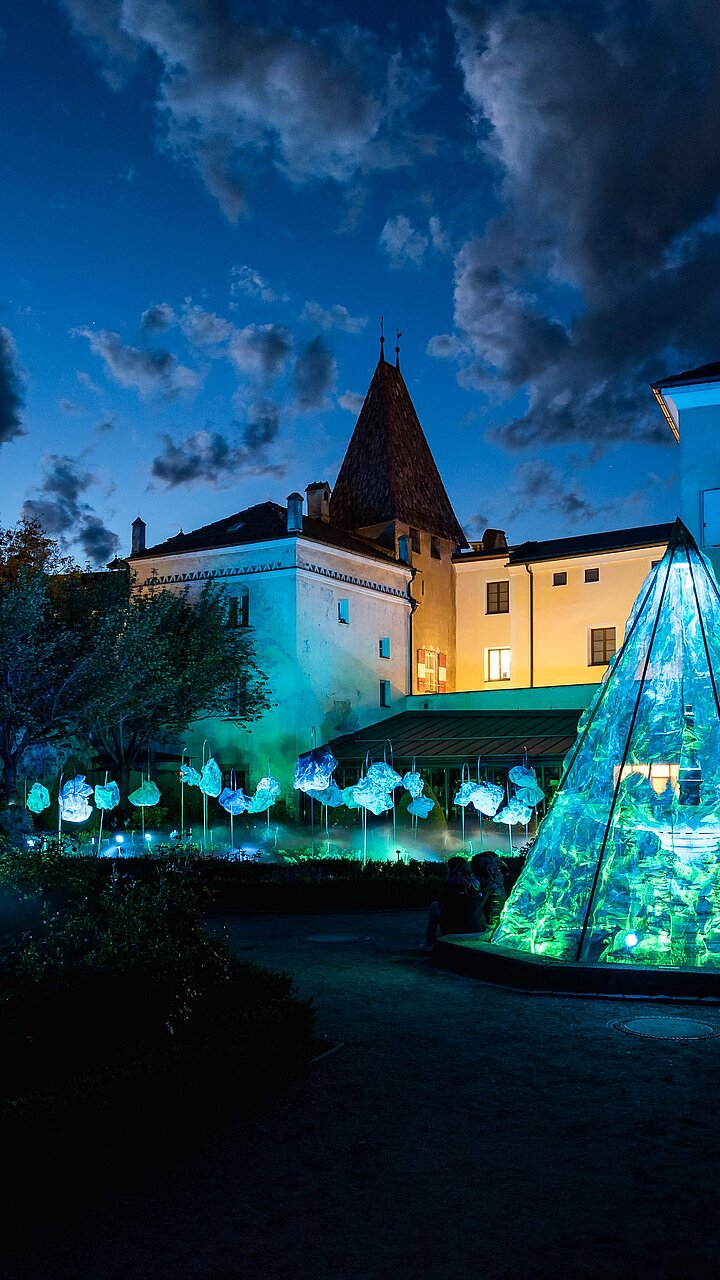
Brixen Water Light Festival
April 29th to May 16th 2026
Local and international artists transform fountains and cultural-historical treasures into an open-air gallery with their creative ideas. Reflections on ecological, economic and social aspects related to water and light are the basis of the artistic works. Under the motto "Water is life - light is art", an art trail is being created in Brixen's old town.
The Brixen Water Light Festival takes place every two years in May. The idea for the festival was born in 2015 after the premiere of the light and music show at the Hofburg in Brixen. The first edition of the festival was held in May 2017.
The 2026 edition will take place within the framework of IMAGINE PEACE, a European Union co-funded project that fosters collaboration and a sense of unity and connectivity among five diverse European light festivals. In addition to the Brixen Water Light Festival, the participating festivals are Copenhagen (Denmark), Essen (Germany), Oslo (Norway), and Pula (Croatia).
Art, light and water and a head full of dreams and thoughts. Being free and letting oneself fall, floating on the surface of the water, submerging, and carrying the light within. Being critical and playful, a rollercoaster of emotions. Screaming, standing still, having fun, seeing the world. And figure it out?
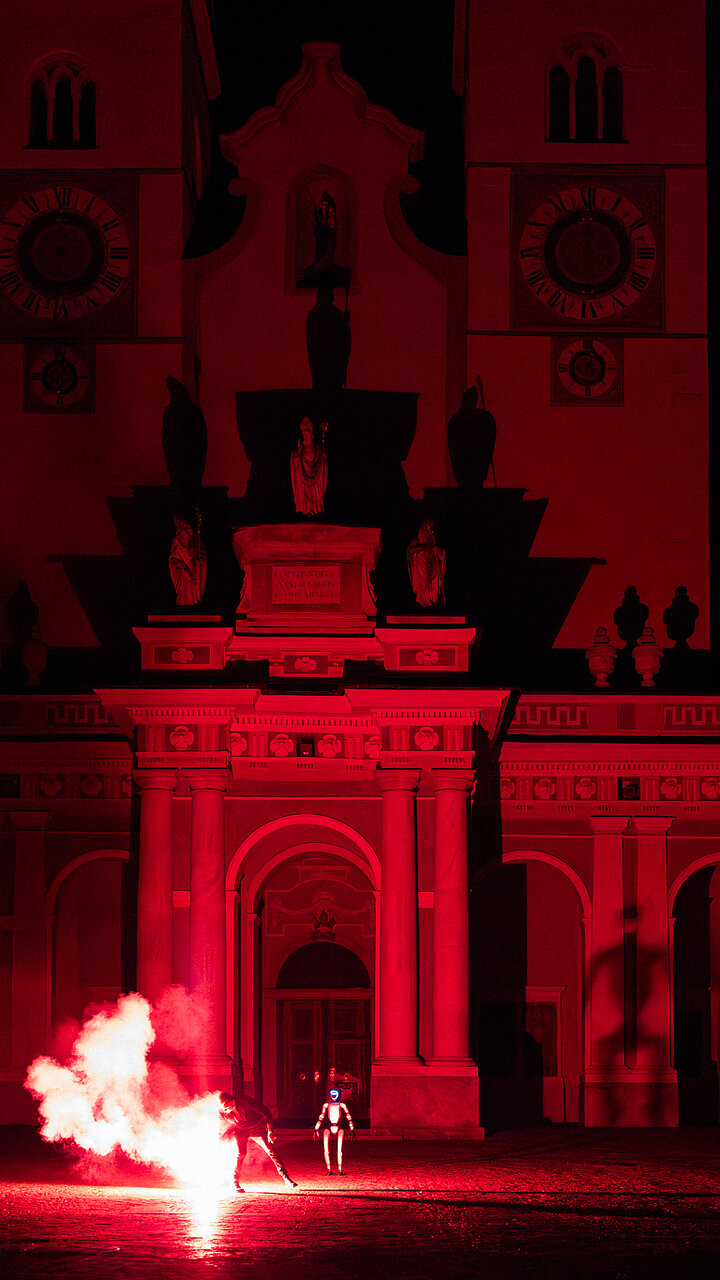
May 16th 2025
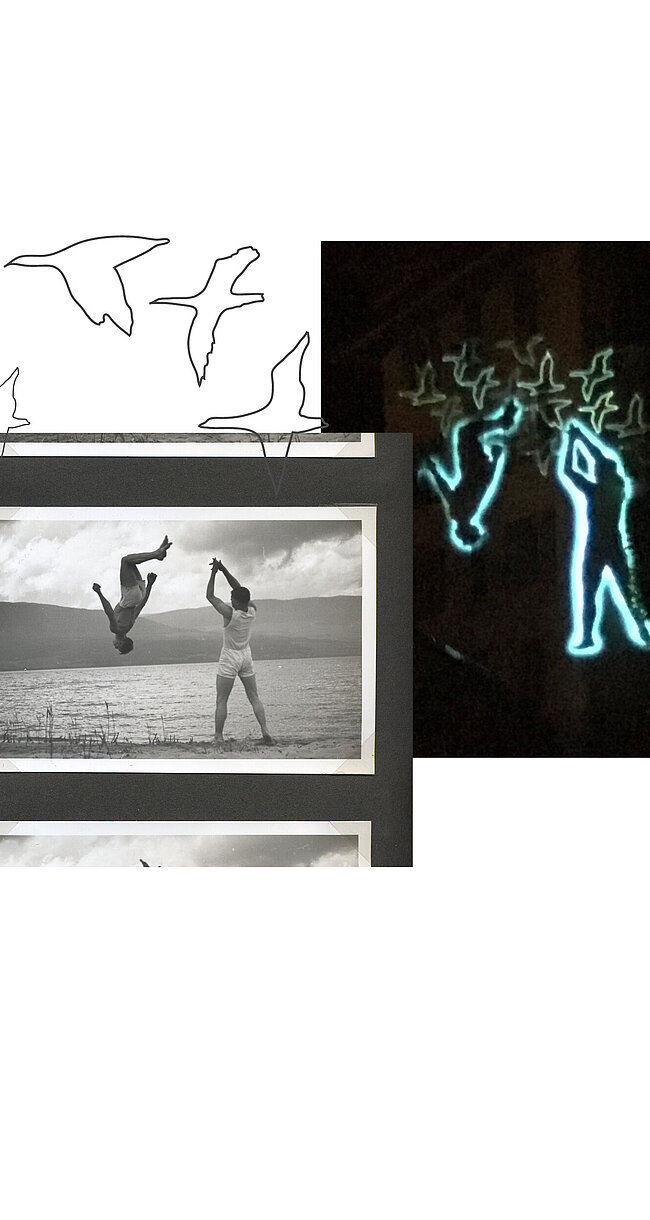
for the Water Light Festival 2026
What if people – like stars – continue to emit light long after their death?
This is exactly the question that Stardust Memory explores. Become part of this special art project and let your memories become visible at the Water Light Festival 2026 in Bressanone.
We invite you to a workshop with Swiss artist Sophie Guyot. Bring family photos or images of a loved one and share with us the memories, anecdotes, or special moments associated with them. The images will be artistically reinterpreted by Sophie Guyot and shown as projections in the old town of Bressanone in 2026.
If interested, write to us at info(at)waterlight.it
(Deadline October 16, 2025)
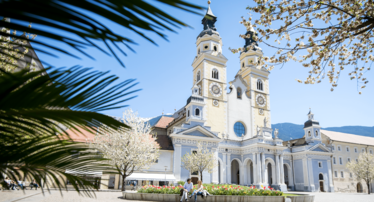
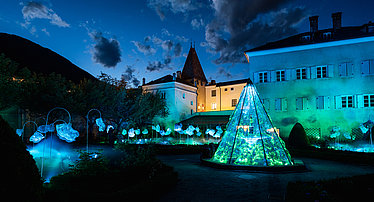
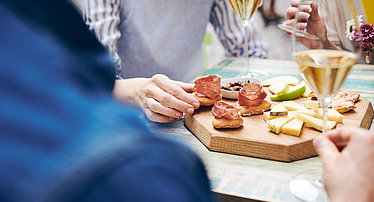
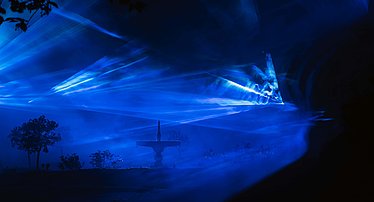
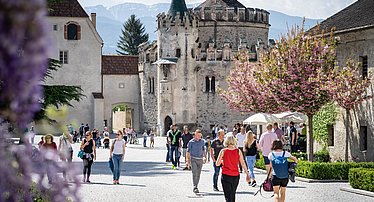
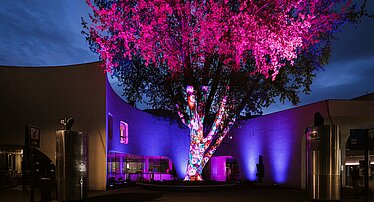
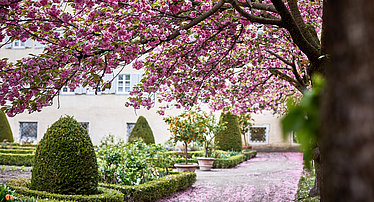
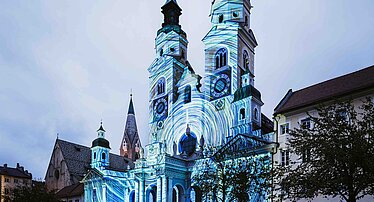
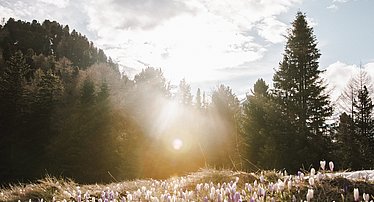
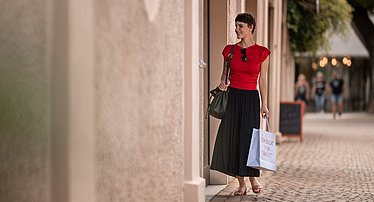
Spring in Brixen
Nature, culture and indulgence: That's why a trip to Brixen in spring is a good idea...
- Enjoy the early warm temperatures with an average of 22°C
- Discover the spring blossom in the vineyards and on promenades around Bressanone/Brixen
- Stroll from village to village and enjoy springtime dishes with Alpine traditions and Mediterranean flavours in the inns and restaurants
- Stroll through the cosy alleyways of the old town with its small shops and treat yourself to a cappuccino or ice cream in one of the many cafés
- Immerse yourself in the Water Light Festival, where international artists present their light art.


